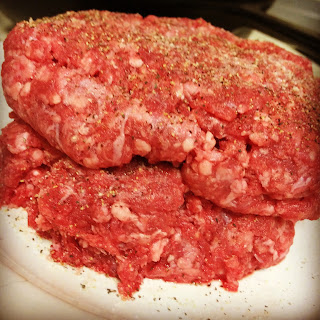How to Cook Bison Meat
I get asked quite often how to cook bison meat, so I thought it would be worthwhile to dedicate a section to generic tips for cooking bison meat, without being tied to a single recipe.
Special care should be taken when cooking bison meat. Because it is so lean, it can easily overcook and when it does it will taste tough and chewy.
Special care should be taken when cooking bison meat. Because it is so lean, it can easily overcook and when it does it will taste tough and chewy.
Cooking Suggestion #1
Cook bison meat low and slow. This is important. Bison is very lean... especially the prime cuts like steaks. You should cook bison over lower heat than you would beef and at a slower pace.
Cooking Suggestion #2
You shouldn't cook bison past medium doneness. You'll want to leave a little pink in the center and the internal temperature should be about 140*. Going past medium doneness will leave you with meat that is chewy and tough. If you leave it at medium doneness or medium rare it will be perfectly juicy, tender and delicious.
Cooking Suggestion #3
When seasoning your bison meat, it is suggested that you use less salt than you would on other meats. This is because the bison is lean and it will dry it out. You certainly can (and should) still use salt or other seasonings, you'll just want to mindfully use less.
Cooking Suggestion #4
A common misconception is that since bison burgers are so lean you have to add some kind of moisture or "glue" to hold it together, whether that's an egg or some other fattier meat. This is simply NOT true... in fact, it defeats the purpose of bison meat! If you follow steps 1-3 above, there is absolutely no reason to add anything else to "hold together" your burger or to keep it juicy, believe me... it will be plenty tender and juicy! When you're paying $12+ per pound for bison burger, I think it's a crime to taint that flavor with a lesser meat and to increase the fat content when it's simply not needed!
Cooking Suggestion #5
You can cook bison with just about any method you choose: grill, stove top, oven, slow cooker, etc. Of course there are certain methods that work better for certain cuts (i.e. roasts are great in the slow cooker), just like if you were cooking beef. As long as you keep an eye on it and remember low and slow, you should be able to prepare it in the fashion that you are most used to and comfortable with.





Comments
Post a Comment